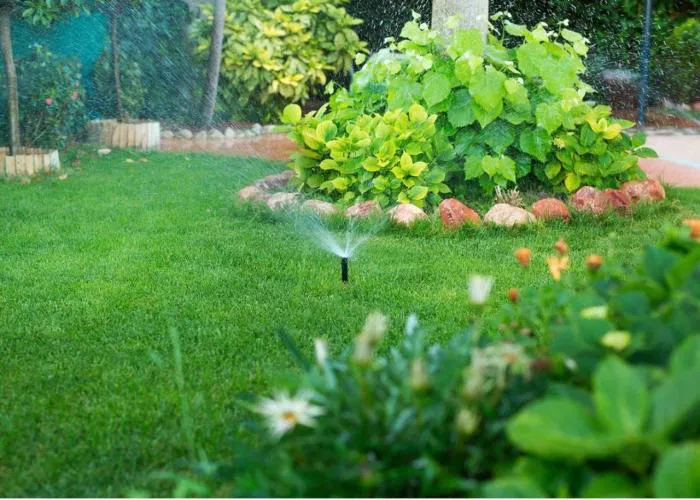Smart irrigation starts with hydrozoning—grouping plants by water needs to prevent waste and promote healthy growth. This strategy balances sustainability with beauty, ensuring each plant gets just the right amount of water while conserving resources. From lawns to native plants, proper hydrozone planning saves water, reduces costs, and protects landscapes from over- or under-watering. Learn how to implement this efficient system in any outdoor space.
Grouping Plants by Water Needs Saves Resources
Irrigation is vital for maintaining a landscape’s health and beauty, but overwatering can harm plants just as much as underwatering—while also wasting water and money. To create sustainable, easy-to-maintain landscapes, experts recommend hydrozoning, a method that groups plants based on their irrigation needs.
Most nurseries classify plants broadly as low, average, or high water users, or provide general care instructions like “keep soil moist.” While these labels don’t specify exact water amounts, they offer a starting point for organizing plants into hydrozones. By grouping species with similar water requirements, landscapers can ensure each plant receives just the right amount of water—no more, no less.
Defining Hydrozones for Optimal Efficiency
Hydrozones are typically categorized by water demand:
- High-water zones (e.g., lawns)
- Moderate-water zones (most ornamental plants)
- Low-water zones (native and climate-adapted species)
- Very low-water zones (desert plants, succulents)
Mixing plants with different water needs in the same zone can lead to over- or under-watering. For example, a high-water lawn placed next to a drought-tolerant oak tree could drown the tree’s roots due to water runoff. A better approach is to create buffer zones with moderate-water plants or keep irrigation entirely outside the oak’s root zone.
Factors Beyond Plant Type
A plant’s water needs aren’t determined by species alone. Environmental conditions—such as sun exposure, wind, soil type, and nearby structures—also play a role. Shrubs on a west-facing wall, for instance, absorb more heat and may need extra irrigation compared to those on the east side. Mulch type and existing vegetation, particularly mature trees, further influence hydrozone planning.
Trees like birches, willows, and redwoods require consistent moisture, making them incompatible with low-water understory plants like lavender. Conversely, native oaks thrive in dry conditions and can suffer if overwatered by nearby high-water groundcover.
Special Considerations for Lawns
Turfgrass is almost always classified as high-water, warranting its own hydrozone. However, water spreads beyond its application point, especially in clay soils. Placing a lawn too close to a drought-sensitive tree can be disastrous. A moderate-water buffer zone or strategic irrigation placement can prevent damage while maintaining landscape health.
By carefully planning hydrozones, homeowners and landscapers can reduce water waste, lower costs, and promote healthier plant growth—all while keeping outdoor spaces vibrant and sustainable.

